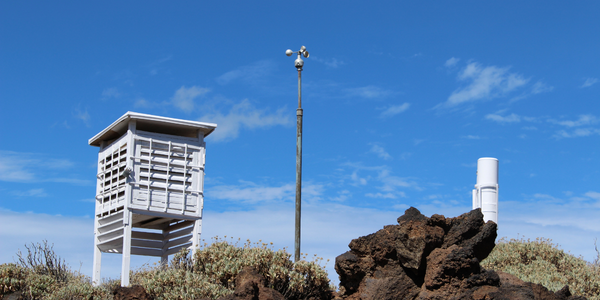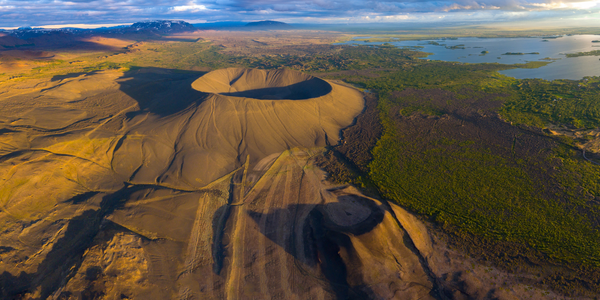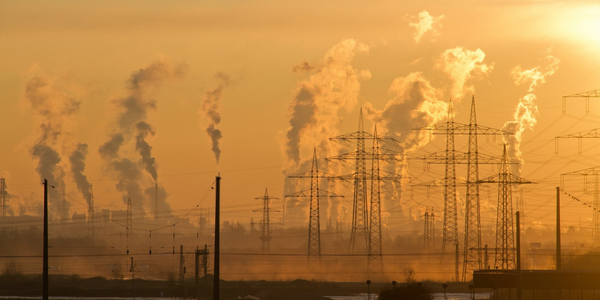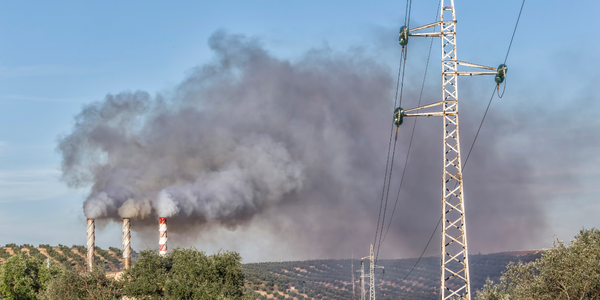下载PDF
Smart's Journey Towards Carbon Neutrality with Greenly's Support
技术
- 传感器 - 环境传感器
- 传感器 - 温度传感器
适用功能
- 销售与市场营销
用例
- 连续排放监测系统
- 室外环境监测
挑战
Smart 是一家广告技术公司,希望减少碳足迹并变得更加对环境负责。
关于客户
Smart 是一家独立的广告技术公司,通过程序化广告将发布商和营销人员联系起来。它们提供透明度、价值路径优化,并旨在确保广告技术生态系统中的公平份额。他们实现了逐年增长,并扩大了产品范围,以满足电视广播公司、版权所有者和 CTV 运营商的需求。 Smart 希望被视为一家负责任的公司,并关心自己对环境的影响。
解决方案
Smart 决定在提供碳足迹测量和分析的 Greenly 公司的帮助下进行温室气体评估。 Greenly 获得 ADEME 认可的科学、透明的方法,以及他们的智能平台 UI 和专业知识,使他们成为 Smart 的理想选择。评估涵盖范围 1、2 和 3 分析和基准。
运营影响
数量效益
相关案例.

Case Study
Vestas: Turning Climate into Capital with Big Data
Making wind a reliable source of energy depends greatly on the placement of the wind turbines used to produce electricity. Turbulence is a significant factor as it strains turbine components, making them more likely to fail. Vestas wanted to pinpoint the optimal location for wind turbines to maximize power generation and reduce energy costs.

Case Study
Monitoring Unmanned Weather Stations
Unmanned weather stations play an essential role in the effort to analyze and predict the world's ever-changing weather patterns. The unmanned stations collect and store large amounts of weather data and then download the data at regular intervals to a back-end host for analysis and long-term storage. The computing device housed in the weather station must be robust enough to work continuously for long periods of time while exposed to a wide range of temperatures. It should also be able to collect readings from various sensors that use different data transmission protocols, and have the capability to store large amounts of data.

Case Study
Predicting Eruptions in the Masaya Volcano with wireless Sensors
Volcanoes are one of the most unpredictable and impressive natural phenomenons. Worldwide researchers and scientists have always been trying to discover what happen inside volcanoes to predict future eruptions that will save lives. Their activity has provoked along years great disasters destroying entire settlements with lava flows and also endangering the environment or human health due to gas emanations or ash falls. Some vulcanologists are currently focused on working with the latest technology to monitor in real-time everything that happens inside and outside the crater to predict eruptions. Qwake, a global brand that merges ground-breaking scientific expeditions with cutting edge technology to drive positive change, has trusted in Libelium technology to develop a wireless sensor network in the Mouth of Hell, Masaya volcano in Nicaragua.

Case Study
Mobile monitoring system: Vehicles with sensors to control air quality in Glasgow
Countries throughout the world have a need, and in many cases a legal obligation, to ensure air quality is meeting specific standards. Policies aim to reduce exposure to air pollution, by reducing emissions and setting limits and targets for AQI. Public authorities in cities have deployed static stations to monitor air quality data for a set of pollutant with specific, and high cost, sensing technologies. These stations provide highly accurate data but their cost limits the quantity of deployments, leaving large gaps in coverage.







